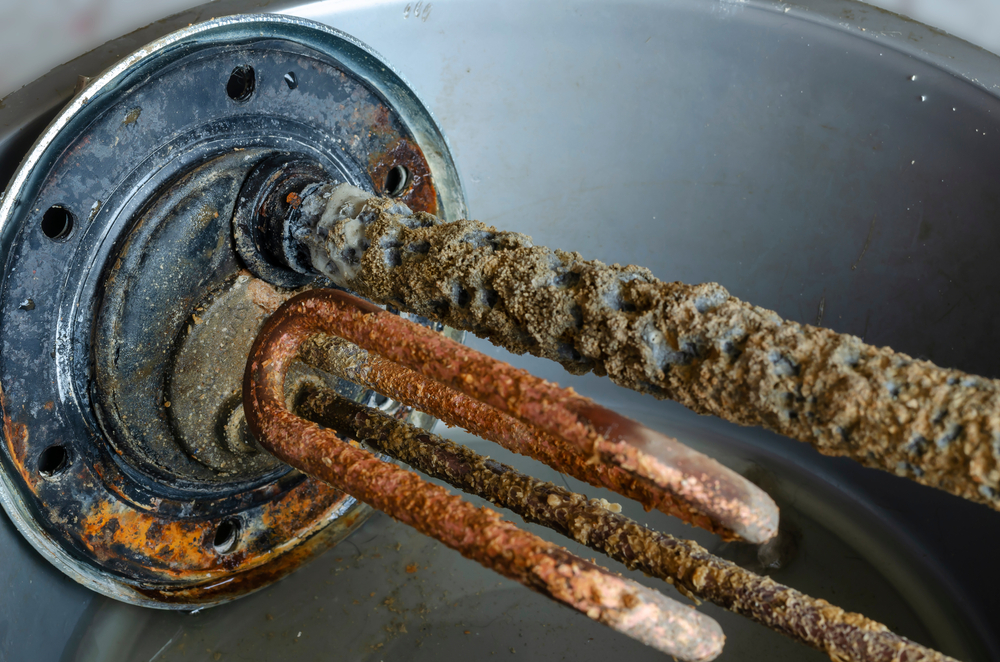Water Heater Corrosion: Types and Problems Caused
There are a few issues no one wants to see anywhere in their home, much less in their plumbing system, and one of these is corrosion. Visible in the form of rust and also a few other formats, corrosion refers to a process where metal deteriorates or changes in structure for a few reasons — and it’s especially undesirable in a few home plumbing areas, particularly your water heater.
We’re happy to assist with numerous water heater repair and replacement needs for our clients at My Buddy the Plumber, including corrosion issues coming from a worn-down anode rod or any other cause. What are the forms of corrosion to keep away from your water heater and plumbing system, and why do they appear? What can you do to limit and prevent it? This two-part blog series will go over everything you need to know.
Rust and Corrosion Basics and Types
Corrosion is a broad term for any type of wearing away or deterioration, often of metal. In many cases, it simply refers to the natural process of metals breaking down over time into other elements — for example, pure iron will eventually turn into rust (or hydrated iron oxide) in the presence of water and air.
Rust occurs when a metal that contains iron forms iron oxide as a result of exposure to oxygen and water. The process is also called oxidation, and it’s one of the most common types of corrosion.
Generally speaking, there are two types of corrosion that make their way into plumbing or water heater systems:
- Galvanic/electrolytic corrosion: When two different types of metals are in contact with each other in the presence of an electrolyte (such as water), a small electrical current will flow between them. This causes one of the metals to corrode at an accelerated rate. Galvanic corrosion is often seen in home plumbing when copper pipes are connected to steel fixtures like faucets or water heaters.
- Atmospheric corrosion: Also called oxidation, this type of corrosion occurs when a metal is exposed to oxygen in the air. Rust is the most common example of atmospheric corrosion, but it can also take other forms, such as tarnish on silver or patina on copper.
Why Corrosion in Plumbing is Problematic
The primary reason corrosion is such an issue in plumbing systems (and especially water heaters) is that it can cause significant damage to the pipes and fixtures. Over time, corrosion will eat away at the metal, weakening it and causing it to fail. This can lead to leaks, which can cause serious water damage in your home.
In addition, corrosion can also cause your plumbing fixtures and pipes to become clogged with debris from the corrosion process. This can lead to decreased water pressure and other problems.
Finally, corrosion can also create health hazards in your home. Lead is a common metal that is used in plumbing, and it can leach into the water supply if it’s corroded. This can cause serious health problems, including brain damage, kidney damage, and high blood pressure.
In part two of our series, we’ll go over how to spot corrosion and how to prevent it in any part of your plumbing system, including your water heater. For more on this, or to learn about any of our plumbing or HVAC services, speak to the team at My Buddy the Plumber today.


